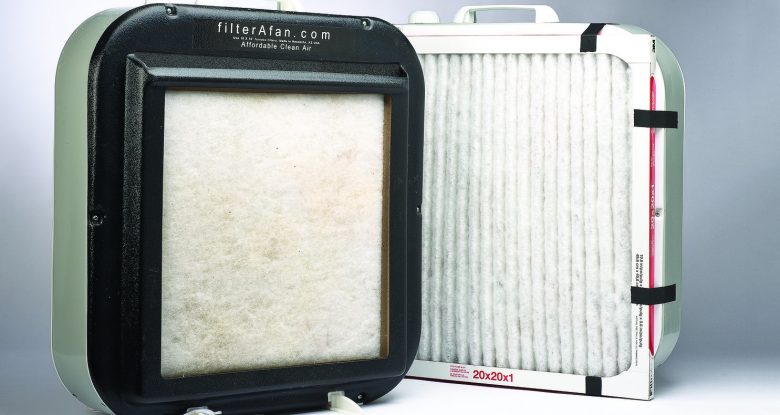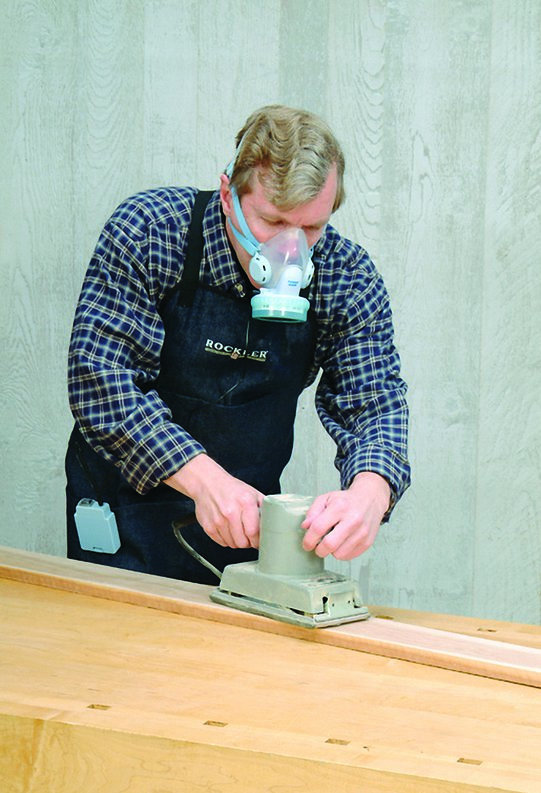by Bob Duncan
This article was first published in issue 46 of Scroll Saw Woodworking & Crafts.
The tools used to create most wooden projects make dust. The scroll saw makes fine sawdust. Sanders make even finer sanding dust. Routers, band saws, and table saws all create dust. None of it is good to breathe, and fine sawdust and sanding dust can explode with the slightest spark. That’s why most woodworkers set up a system to collect as much dust as possible, keeping it off the floor and out of the air.
The best way to control dust in your shop is to collect as much as possible at the source, and then filter the rest from the air. Most scrollers don’t need an expensive system of pipes and tubes, but you should work aggressively to remove both large and nearly microscopic particles of dust—the smallest particles are the most dangerous to breathe and the most flammable.
Collecting Dust at the Source
The more dust you can collect at the source, the better. With a bit of thought, you can rig a shop vacuum to collect sawdust as you cut with your scroll saw. Some saws have aftermarket systems to collect dust. Many sanders, both hand-held and stationary, come ready to attach to a shop vac.
Pneumatic drum sanders require a bit of an investment or a little creativity. Some commercial dust hoods are designed to collect the dust created by a sander or a lathe, but you can also construct a hood from plywood (seal the joints with silicone caulk). A commercial hood will be easier to put together, but it might take a few fittings to adapt it to your shop vac. If you make your own, you can cut a hole in the back to fit the nozzle on your shop vac.
Filtering the Air
Most shop air cleaners are simply fans surrounded by particulate filters, similar to the filters used in a forced-air furnace. That makes air cleaners less expensive than dust collectors, especially because there are inexpensive options for smaller shops.
The simplest air cleaner is a furnace filter taped to a box fan. Look for a furnace filter rated to reduce dust and pollen, and buy one the same size or slightly bigger than the box fan. Position the filter on the intake side of the fan (the side opposite the blowing air) and secure it in place with tape or a shop made or purchased holding device. Eagle America (www.eagleamerica.com) has a kit that includes a molded plastic addition that attaches to the fan to make filter changes quick and easy. The $65 kit, which includes a fan, filter, and plastic filter holder, is worth the time you’d spending making your own. I run a simple box fan air cleaner in my shop all the time.
Sawdust and sanding dust are dangerous to breathe and potentially explosive. The dangers are compounded in a small shop. A clean shop is a safe shop.
Discuss this material on the Scroll Saw Woodworking & Crafts forums.








